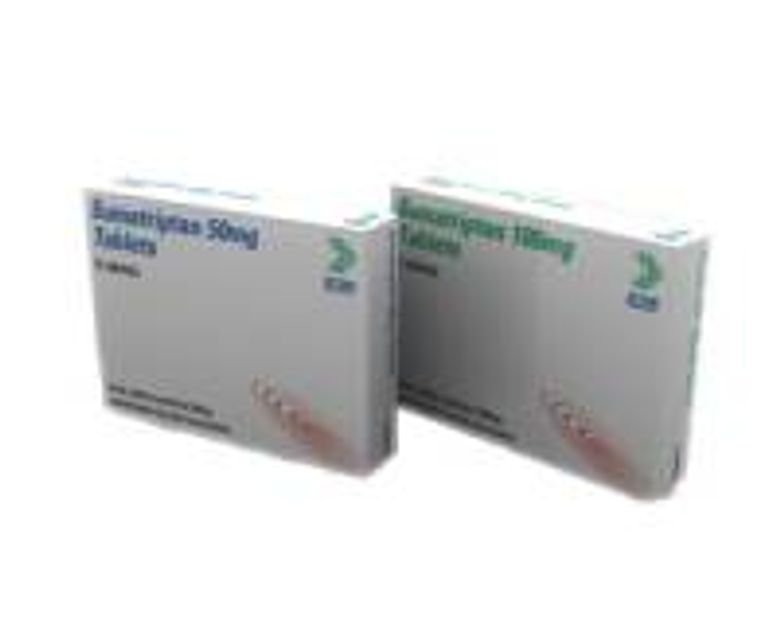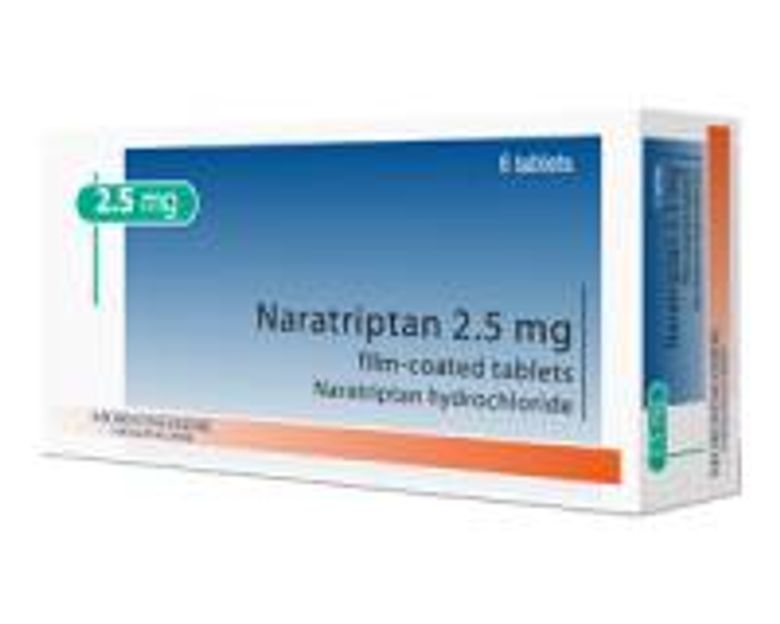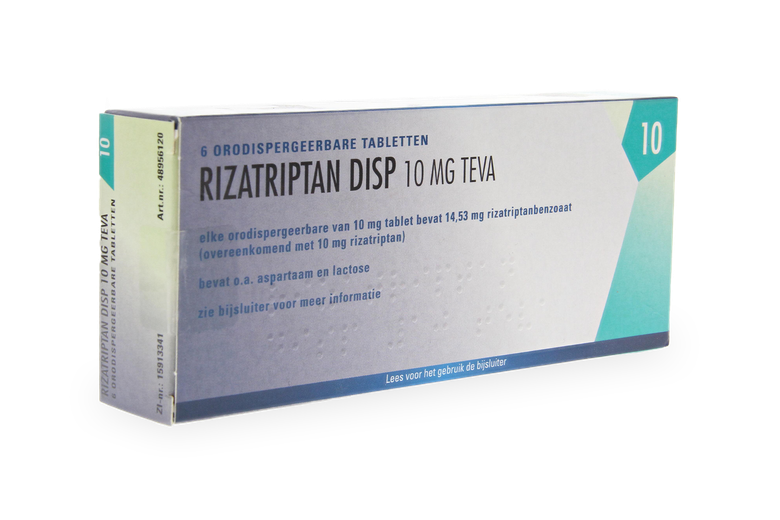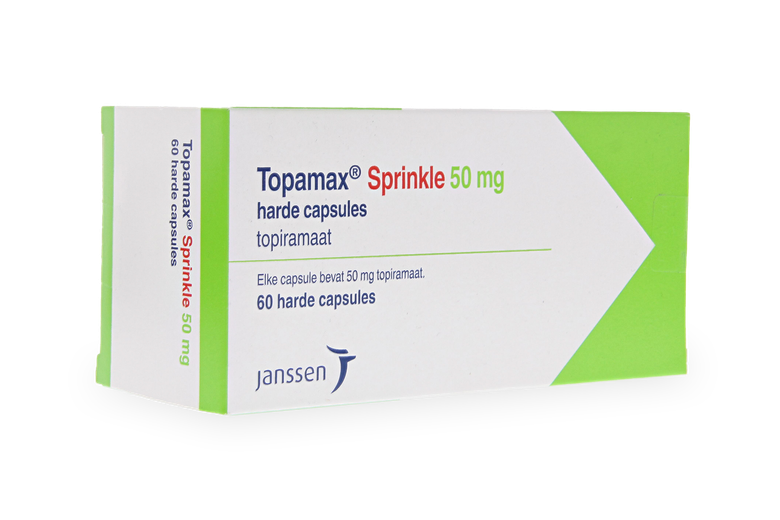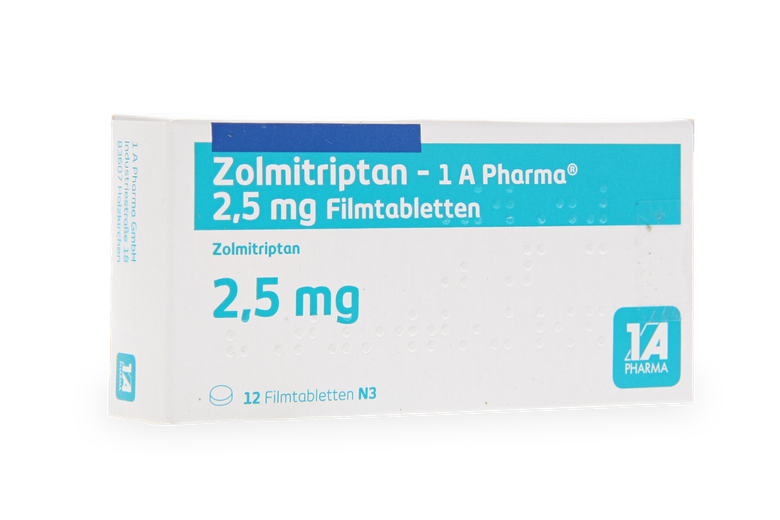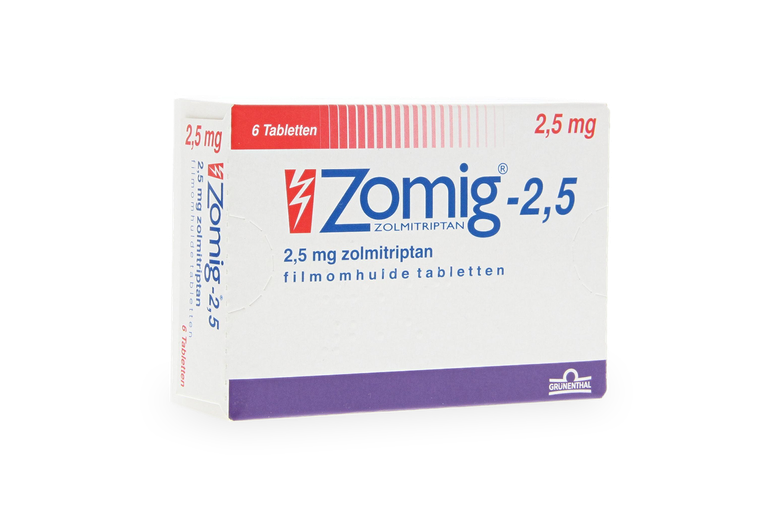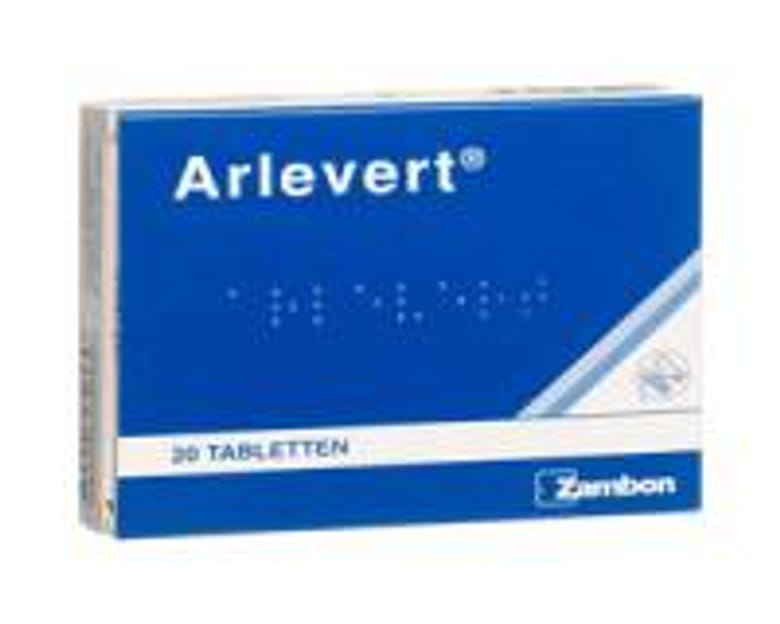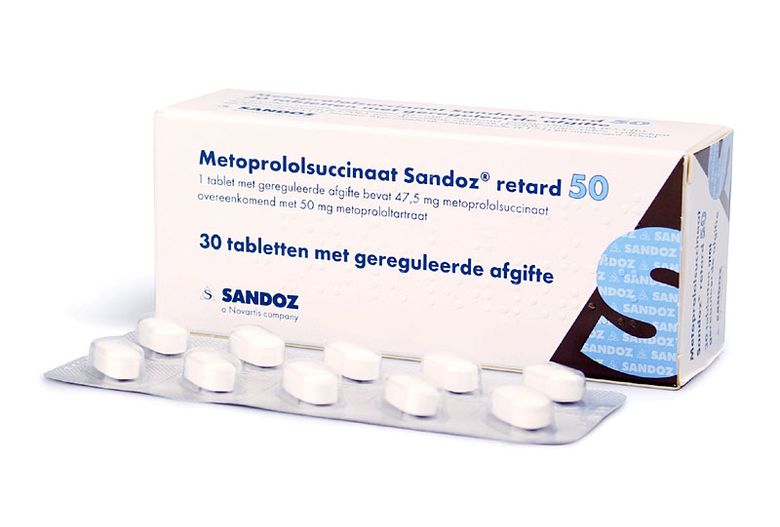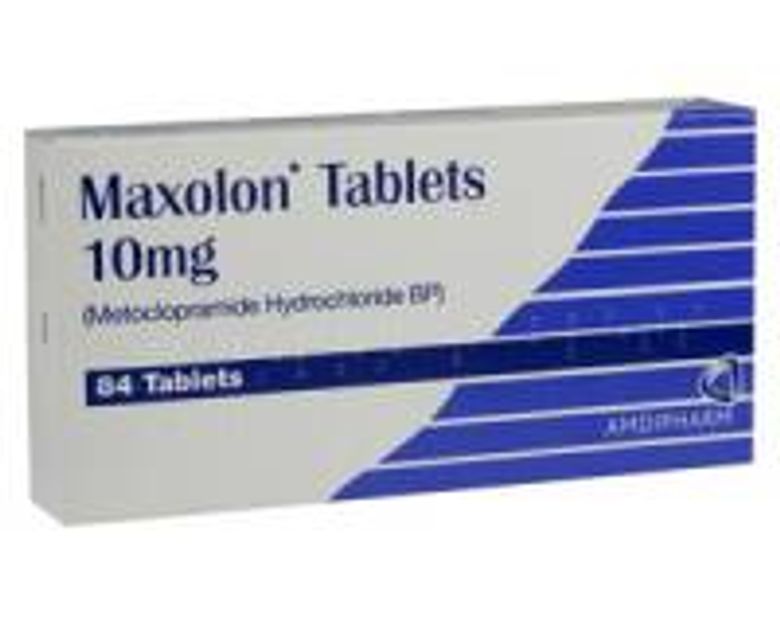Migraine treatments include medications like triptans and preventive therapies. Triptans, which include almotriptan, eletriptan, frovatriptan, naratriptan, rizatriptan, sumatriptan, and zolmitriptan, are the most effective. They work by constricting blood vessels and reducing inflammation. Other pain relief options include paracetamol combined with caffeine, or anti-inflammatory drugs like diclofenac, ibuprofen, and naproxen.
Additional options for constricting blood vessels are ergotamine and methysergide. Preventive medications may include beta blockers, pizotifen, topiramate, valproic acid, botulinum toxin type A (if other treatments are ineffective), flunarizine (rarely), or amitriptyline.
Alternative treatments
- AtlasPROfilax: This treatment involves a neuromuscular massage around the upper cervical vertebrae. Manual tests are conducted to realign the skull, atlas, and second cervical vertebra, which may relieve migraine symptoms.
- Dietary changes: Phytotherapy suggests dietary modifications to alleviate migraine symptoms, with a focus on liver and gallbladder health.
- Cefaly: A device that delivers electrical impulses to the trigeminal nerve, located on the forehead. This treatment may be covered by some insurance policies.
- Cannabis: Although research is still ongoing, cannabinoids show potential in relieving migraine symptoms.
- Online behavioral therapy: Keeping a migraine diary can help identify triggers and improve treatment.
- Psychotherapy: Given the impact of migraines on daily life, therapy may help alleviate associated stress and anxiety.
Lifestyle changes
Migraines significantly affect daily life and may contribute to depression. Keeping track of dietary habits, migraine episodes, and triggers can aid in managing the condition. Regular exercise and relaxation techniques can help reduce stress, a known migraine trigger. Relaxation therapies and activities such as massage may also offer relief.

